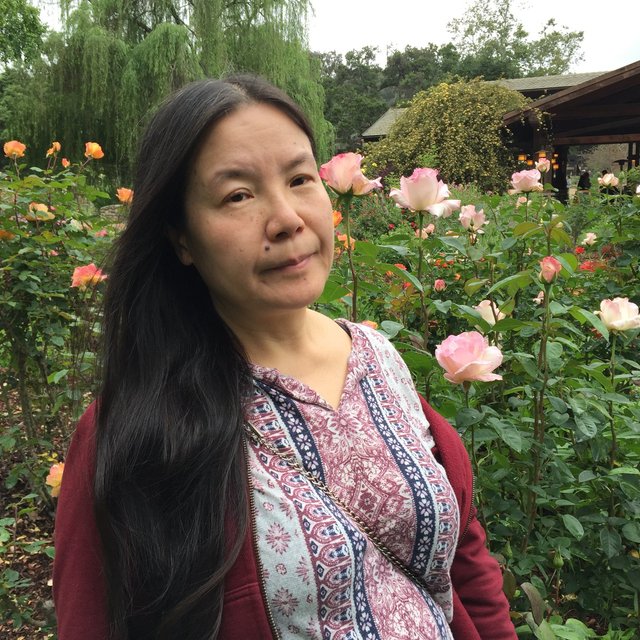July
2021
•
2021OJAp....4E...6T
Authors
•
Taylor, Peter L.
•
Kitching, T.
•
Cardone, V. F.
•
Ferté, A.
•
Huff, E. M.
•
Bernardeau, F.
•
Rhodes, J.
•
Deshpande, A. C.
•
Tutusaus, I.
•
Pourtsidou, Alkistis
•
Camera, S.
•
Carbone, C.
•
Casas, S.
•
Martinelli, M.
•
Pettorino, V.
•
Sakr, Z.
•
Sapone, D.
•
Yankelevich, V.
•
Auricchio, N.
•
Balestra, A.
•
Bodendorf, C.
•
Bonino, D.
•
Boucaud, A.
•
Branchini, Enzo
•
Brescia, M.
•
Capobianco, V.
•
Carretero, J.
•
Castellano, M.
•
Cavuoti, S.
•
Cimatti, A.
•
Cledassou, R.
•
Congedo, G.
•
Conversi, L.
•
Corcione, L.
•
Cropper, Mark
•
Franceschi, E.
•
Garilli, B.
•
Gillis, B.
•
Giocoli, C.
•
Guzzo, L.
•
Haugan, S. V. H.
•
Holmes, W.
•
Hormuth, F.
•
Jahnke, Knud
•
Kermiche, S.
•
Kilbinger, M.
•
Kunz, M.
•
Kurki-Suonio, H.
•
Ligori, S.
•
Lilje, Per B.
•
Lloro, I.
•
Marggraf, O.
•
Markovic, K.
•
Massey, R.
•
Mei, S.
•
Medinaceli, E.
•
Meneghetti, M.
•
Meylan, G.
•
Moresco, M.
•
Morin, B.
•
Moscardini, Lauro
•
Niemi, S.
•
Padilla, C.
•
Pasian, F.
•
Paltani, S.
•
Pedersen, K.
•
Pires, S.
•
Percival, Will J.
•
Polenta, G.
•
Poncet, M.
•
Popa, L.
•
Raison, F.
•
Roncarelli, M.
•
Rossetti, E.
•
Saglia, R.
•
Schneider, Peter
•
Secroun, A.
•
Seidel, G.
•
Serrano, S.
•
Sirignano, C.
•
Sirri, G.
•
Sureau, F.
•
Crespí, P. Tallada
•
Tavagnacco, D.
•
Taylor, A. N.
•
Teplitz, H. I.
•
Tereno, I.
•
Toledo-Moreo, R.
•
Valentijn, E. A.
•
Valenziano, L.
•
Vassallo, T.
•
Wang, Yun
•
Weller, Jochen
•
Zacchei, A.
•
Zoubian, J.
Abstract
•
Modelling uncertainties at small scales, i.e. high $k$ in the power spectrum $P(k)$, due to baryonic feedback, nonlinear structure growth and the fact that galaxies are biased tracers poses a significant obstacle to fully leverage the constraining power of the {\it Euclid} wide-field survey. $k$-cut cosmic shear has recently been proposed as a method to optimally remove sensitivity to these scales while preserving usable information. In this paper we generalise the $k$-cut cosmic shear formalism to $3 \times 2$ point statistics and estimate the loss of information for different $k$-cuts in a $3 \times 2$ point analysis of the {\it Euclid} data. Extending the Fisher matrix analysis of~\citet{blanchard2019euclid}, we assess the degradation in constraining power for different $k$-cuts. We work in the idealised case and assume the galaxy bias is linear, the covariance is Gaussian, while neglecting uncertainties due to photo-z errors and baryonic feedback. We find that taking a $k$-cut at $2.6 \ h \ {\rm Mpc} ^{-1}$ yields a dark energy Figure of Merit (FOM) of 1018. This is comparable to taking a weak lensing cut at $\ell = 5000$ and a galaxy clustering and galaxy-galaxy lensing cut at $\ell = 3000$ in a traditional $3 \times 2$ point analysis. We also find that the fraction of the observed galaxies used in the photometric clustering part of the analysis is one of the main drivers of the FOM. Removing $50 \% \ (90 \%)$ of the clustering galaxies decreases the FOM by $19 \% \ (62 \%)$. Given that the FOM depends so heavily on the fraction of galaxies used in the clustering analysis, extensive efforts should be made to handle the real-world systematics present when extending the analysis beyond the luminous red galaxy (LRG) sample.
Links





